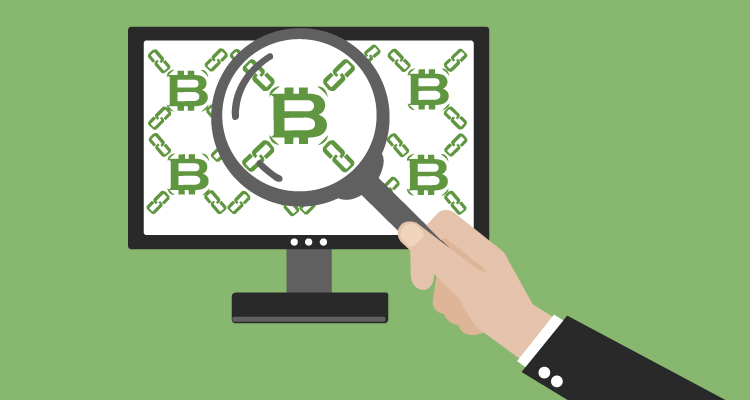Blockchain is a relatively new way of securing transactions through decentralization. It is a kind of digital record using cryptography to keep transactions secure. Because transactions are done over multiple computers instead of just one server it is much more difficult to change, hack, or forge.
While many think of blockchain application more for monetary transactions, it could be used for many other types of transactions as well. For instance, it could be used to record historical or political events since it can’t easily be faked or changed.
But in addition to its use in those ways, blockchain could be used in health care to great advantage.
1. Prevent Theft
Theft of medical data is something many people believe could happen very easily. Any healthcare worker can tell you that their patients have concerns about the privacy and security of their information, and rightly so.
Health information is not stored as loosely and lacking in security as many would have you believe. However, health information must sometimes be shared from provider to provider in order to treat patients. Therefore, there is a potential for information to fall into the wrong hands when the transfer is made.
If medical records or other health information should be stolen, it is often used to blackmail a provider for money. Of course, it could also be a way for thieves to access credit card information or obtain names, addresses, insurance information, and social security numbers for use in other ways.
So, where does blockchain fit into this picture? Blockchain, by nature, can secure such data and prevent its use by criminals. It can ensure that information is accurate and secure since it can’t be changed, faked, or corrupted without great difficulty.
This should give a little piece of mind to the public. For providers, it provides the security of knowing they won’t be shut down or sued due to a records breach.
2. Save Money in Health Care
There are several ways blockchain can save money when it comes to healthcare. One is by reducing banking fees.
Monetary transactions through blockchain could be done without the need for a bank. This allows patients and providers to skip using banks as the middle man between transactions.
Rather than paying for banking fees each month providers can keep this money and bolster their bottom line. Over the course of a year the savings could be hundreds if not thousands of dollars.
But if a medical facility decides to accept cryptocurrency as a form of payment, it could also save in other ways. Blockchain transactions with cryptocurrency are secure but also not recognized as money by the IRS. Any cryptocurrency a provider has as an asset, therefore, is not taxed as money which could save providers a bundle.
3. Save Time
Transactions using blockchain are nearly instantaneous. In the past, data transfers and monetary exchanges could take several minutes to complete.
Since information is not stored on a single server at a health care facility, nor at a bank for payments, no information exchange has to take place, essentially. There is no waiting while information is processed.
Productivity would go up. This not only saves time for the facility but translates into more patients served and a money savings as well.
As you can see there are many ways blockchain could be used in healthcare. It can be helpful to providers and patients alike. This has many people very excited about the possibility of using blockchain technology in healthcare in the near future.












